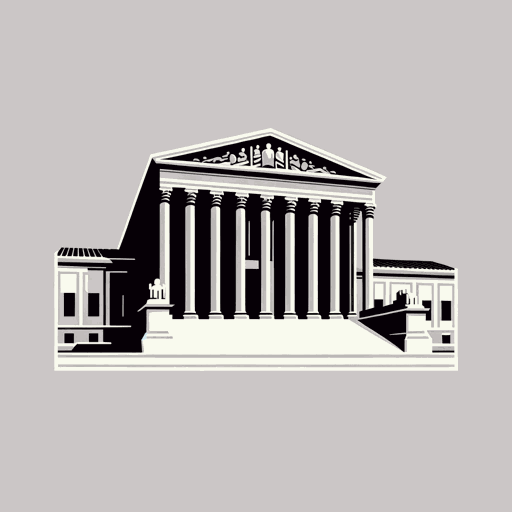59 pages • 1 hour read
Paul BeattyThe Sellout
Fiction | Novel | Adult | Published in 2015A modern alternative to SparkNotes and CliffsNotes, SuperSummary offers high-quality Study Guides with detailed chapter summaries and analysis of major themes, characters, and more.
Symbols & Motifs
Racist Signs and Imagery
Me’s work, which he undertakes at times deliberately and at times by accident, is to make visible the ongoing racism that has been rendered invisible by a false social progress. After Me segregates Dickens, the community improves. This improvement does not imply that segregation in itself is a good thing. Dickens has always been segregated, just as it’s always been deprived of investment and resources. The difference is that now, that systemic injustice has a visible cause, and as such it brings the community together, as Marpessa says, serving as a source of solidarity. As Me segregates Marpessa’s bus first, the progress begins there. Speaking on Marpessa’s behalf, Charisma notices people,
[s]aying hello when they got on, thank you when they got off. There’s no gang fighting. Crip, Blood, or cholo, they press the Stop Request button one time and one fucking time only. You know where the kids go do their homework? Not home, not the library, but the bus. That’s how safe it is (147).
The racist signs bring civility and safety to the bus, and, once Me installs the fake white school across from Chaff Middle School, the segregation puts Chaff on a path to becoming “the fourth-highest-ranked public school in the county within the next year” (232).
Featured Collections
African American Literature
View Collection
Books on Justice & Injustice
View Collection
Community
View Collection
Laugh-out-Loud Books
View Collection
National Book Critics Circle Award...
View Collection
Popular Book Club Picks
View Collection
Satire
View Collection
The Best of "Best Book" Lists
View Collection
The Booker Prizes Awardees & Honorees
View Collection


